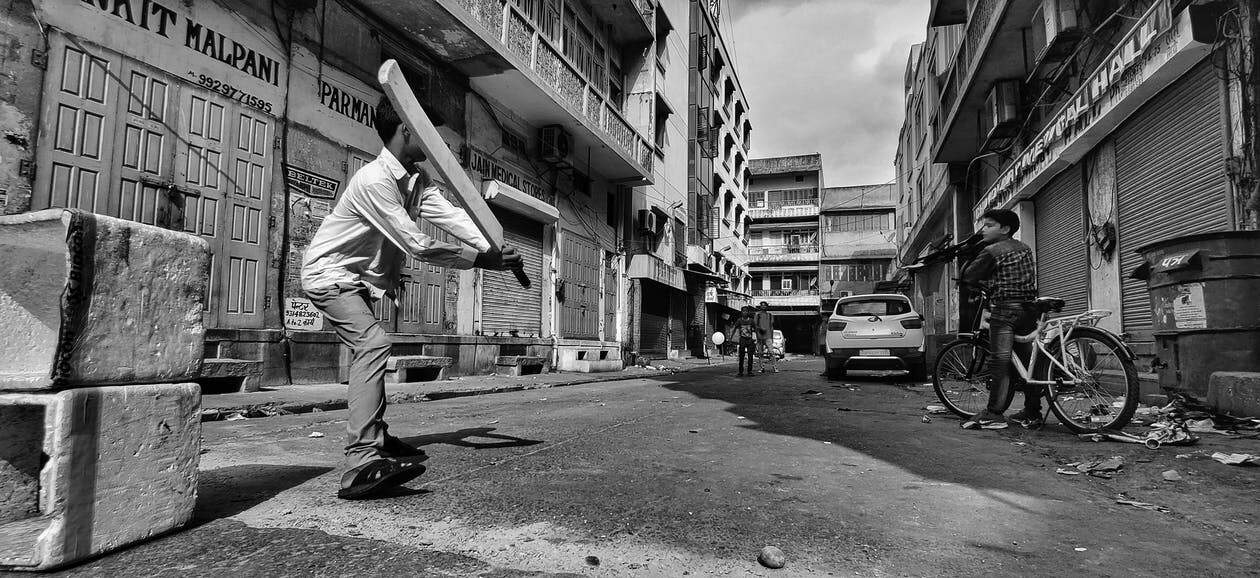
Kicking it back to the old days: Quebec town creates free-play zones
Ever since an unnecessary threat from police against a six-year-old simply playing a game of road hockey in front of his home, the residents in the town of Beloeil, Quebec have grown upset about the lack of opportunity that their kids have to play freely outside.
Since then, street-play initiatives have resulted in the designation of 48 residential streets as ‘free play zones’, in order to increase the amount of “old-fashioned” child’s play. These free play zones allow kids to play as they wish outside in the streets, within areas of lower speed limits of 30km/h and very clear signage.
Seventeen other towns across Quebec have taken trend, allowing more children to experience the benefits of unstructured outdoor play. By allowing the space for kids to potentially make mistakes, test their limits, fall, or get hurt, it will not only help them to develop crucial motor skills, but allow them the space to become more resilient people in the future.
In 2017, the city adopted Bill 122, a law that granted more independence, such as the power to allow free play in the streets. The purpose of this law was to dampen anti-nuisance and anti-noise bylaws, which created barriers for kids to play in the streets without complaints.
Parents may submit applications to city hall for their street to turn into a free-play zone. The city traffic committee then makes a final decision based on the safety of the street given its layout and traffic flow. Following this process, over half (66%) of the neighbours must support the decision for the project to go ahead.
This initiative has proven to be of great benefit to the community. It has created a sense of belonging and togetherness, as most neighbours have been given the chance to meet each other, as they watch their children. Kids have the chance to meet new friends, make memories and most of all – have fun!
The Globe and Mail full article can be accessed by following this link.

